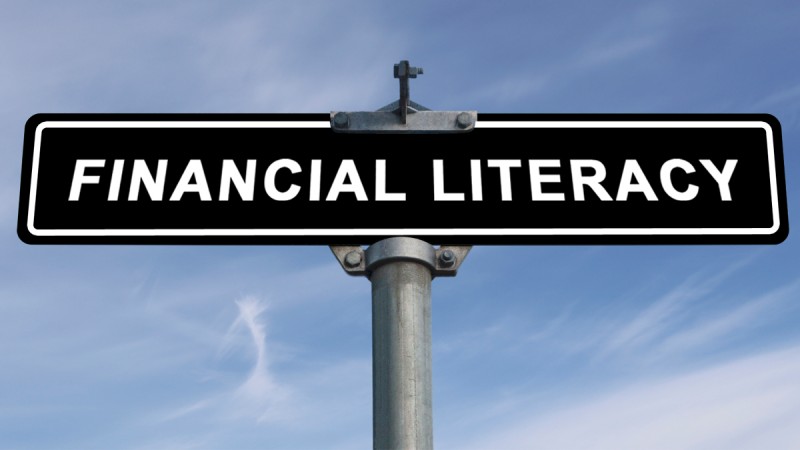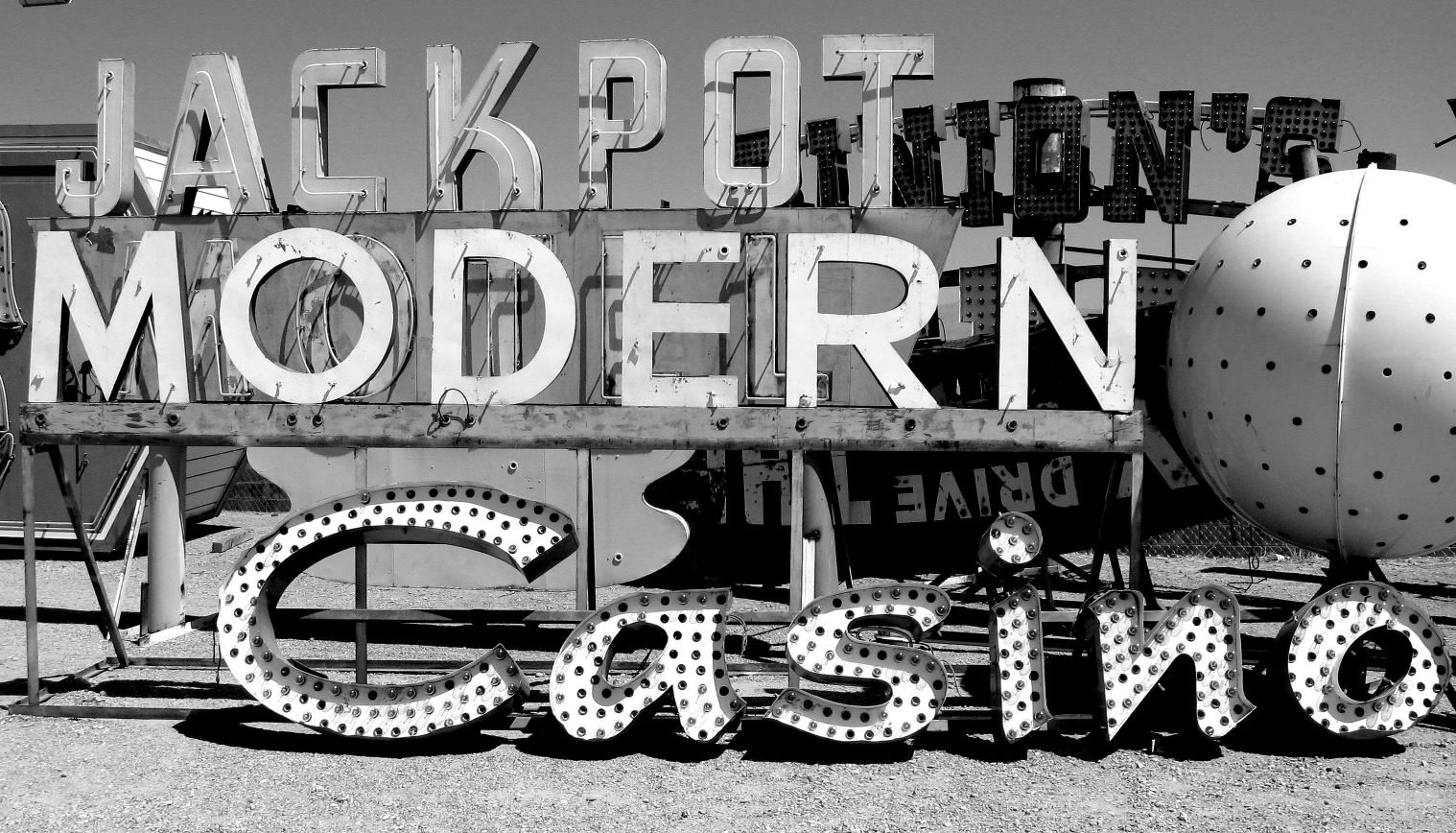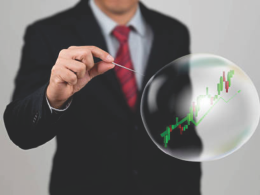by Cole Smead, Smead Capital Management
David Dreman’s book, Contrarian Investment Strategies, was gospel to investors when it was first published in 1979. Investors had been decimated by markets going nowhere over the prior 10 years. Stock investors were ready for something new. Dreman had produced a lot of success as an investor and wanted to share his gospel of contrarian value investing.
The perfect picture of Dreman’s gospel comes from his opening chapter. He refers to the stock market as a casino with a green wing and a red wing. Looking into the green wing, “the atmosphere is unhurried, the blackjack tables are sparsely attended, and every player sits behind a mound of green and black chips.” As he points out, everything is so mundane that “you think you’ve come to the wrong place.” The next thing you notice is the players in the room, “they’re all winning.”
Dreman then takes his readers into a dialog with the pit boss in the green wing:
“Excuse me,” you say, “how can this be right? The odds favor the players?”
“Yes, indeed. The odds in the green room usually run 60 to 40. It’s been that way since we opened.”
“But…most of the players go away winners.”
“They sure do. At those odds, we calculate that 9,999 out of 10,000 make money. At our high-stakes tables in the back, they do even better, with winners running about 20,000 to 1. It’s a good thing we get so few players, or they’d break the house.”
Who couldn’t be excited by what the reader just learned? Despite the odds being in your favor, your mind wonders what the other room looks like. Dreman explains the red wing:
The action level is much, much higher. The room is crowded and fairly roars with excitement. Can it be even better here, you wonder? Curious you go in. Players bet multiple table positions, wave frantically for change, entreat the gods for luck. You see few green and black chips, fewer winning players. The piles of chips in front of them are dwindling each hand…the odds appear to be maybe 60 to 40 in favor of the house.
Dreman says it is a 1 in 10,000 event to have success in this room. It’s so few, you know exactly the people who have had success in the red wing.
The Red Wing Now
The red wing is as exciting as ever today. You can hear the raucous nature of the room, just as well as in 1979 when Dreman first explained its ethos. Below is a chart showing small retail traders call buying, in billions, over the prior four weeks. The data is from Cypress Capital and goes back to 2000.
The $500 billion of call buying that was witnessed in August is the highest the small bettors have ever produced. The prior highs in the chart were $100 billion in 2000 and 2007. Small retail traders are exactly the players that Dreman explained. “You see few green and black chips.”
With every IPO that gets minted, the crowd roars with excitement. With every special purpose acquisition company (SPAC) launched, you see the manager and sponsors of these with multiple products for you to partake in.
Remember, the house has the odds. Why would the house want you to be excited? They are paid to excite you. These IPO syndicates and SPAC offerings are a dream for Wall Street, the house. As the big investment banks report earnings, you can read it in the earnings statement. The banks that are benefitting the most are the ones that have the largest capital markets business. Consumer and commercial banking, that’s not very interesting. The pipelines among Wall Street firms look good for a long time to come, which means that multiple bets will be provided.
Investors are curious now, like they always have been. Berkshire Hathaway (BRK) buys a piece of Snowflake (SNOW). In the red wing, you always know who that one person is that had success. In our opinion, Berkshire Hathaway’s participation shows that curiosity in the red wing is as thick as it ever gets. After all, it was Warren Buffett who said at the shareholder meeting in 2016 that IPOs are a lottery ticket!
I mean, you know, if they want to do mathematically unsound things, and one of them occasionally gets lucky, and they put the one person on television, and the million that contributed to the winnings, with the big slice taken out for the state, you know, don’t get on — it’s nothing to worry about.
We would agree with Buffett. Do not get curious about what is going on now, even if the lucky person on the TV is Berkshire Hathaway itself! Even Buffett went on in the 2016 meeting to say:
…But — just — you don’t want to worry — you don’t want to be — a lot of problems are, as Charlie would say, are caused by envy. You don’t want to get envious of somebody who’s won the lottery, or bought an IPO that went up. You have to figure out what makes sense and follow your own course.
Envy is always part of the red wing.
The Green Wing Now
Mundane, unhurried and sparsely attended is how Dreman described the green wing. To paraphrase, we’d say, welcome to the oil business. Remember, there are fewer players in the green wing. Who is gambling in the green wing? Buffett is buying pipeline assets from utility companies that want to fill a greener agenda. Harold Hamm, the chairman of Continental Resources (CLR), has been buying millions of his own stock, despite already owning 80% of his company. Lastly, Carl Icahn is the largest owner of Occidental Petroleum (OXY). What all these bettors have in common is the “B” word, billions. In Dreman parlance, they have large stacks of green and black chips.
Carl Icahn made comments at the 13D Active Passive Conference a few weeks ago that explain exactly what the green wing bettors are thinking:
Billionaire investor Carl Icahn said on Thursday the energy sector will bounce back one day but shareholders need to be very patient and he is not urging people to buy…“I’m not saying go out and buy energy stocks tomorrow,” he noted at the 13D Monitor Conference on activist investing.
Just like Dreman said, Icahn is saying the room is unhurried. Icahn went on to say:
…he was bracing for a sweep of bankruptcies in the sector, which is in a slump as demand has plunged during the coronavirus pandemic. He joked that in three years time, people may kick themselves for not having snapped up inexpensive energy companies in 2020.
The energy business is “ordinary.” Dreman said for green wing investors it is “ordinary table limits, the ordinary clothes, the ordinary games.” There is no talk of the future of technology or the climate. It is an old “ordinary” business that is not part of the exciting future. It’s “ordinary” because it’s part of the past. At least, the investors in the red wing believe so.
What do you do with your money?
The opportunity in today’s market looks stark, just like the 1970’s did to David Dreman. The battle lines are drawn between the green wing and red wing investors, how they attained their wealth and the weight of it. The real question is what you do with this. Despite the odds that history would argue in favor of what we’ve laid out in this piece, there is an intense urge by investors to go to the most exciting part of the casino. Dreman says:
You go home and get your stash. You return to the casino with your fistful of money, excited, eager for action, all the time figuring how you’ll do even better at the game. But then a strange thing happens. You walk into the red wing and start to play.
Before you enter the casino again to place bets, we advise you to ask if there is excitement, who you are sitting next to at the table and if the house has an advantage in the room you are playing. We agree with Icahn that investors “may kick themselves” for not going into the green room to bet on “ordinary” businesses like energy or “mundane” businesses like suburban mall operators. We advise you take caution in the casino. We believe most investors will end up with few green and black chips.
Warm regards,

Cole Smead, CFA
The information contained in this missive represents Smead Capital Management’s opinions, and should not be construed as personalized or individualized investment advice and are subject to change. Past performance is no guarantee of future results. Cole Smead, CFA, President and Portfolio Manager, wrote this article. It should not be assumed that investing in any securities mentioned above will or will not be profitable. Portfolio composition is subject to change at any time and references to specific securities, industries and sectors in this letter are not recommendations to purchase or sell any particular security. Current and future portfolio holdings are subject to risk. In preparing this document, SCM has relied upon and assumed, without independent verification, the accuracy and completeness of all information available from public sources. A list of all recommendations made by Smead Capital Management within the past twelve-month period is available upon request.
©2020 Smead Capital Management, Inc. All rights reserved.













